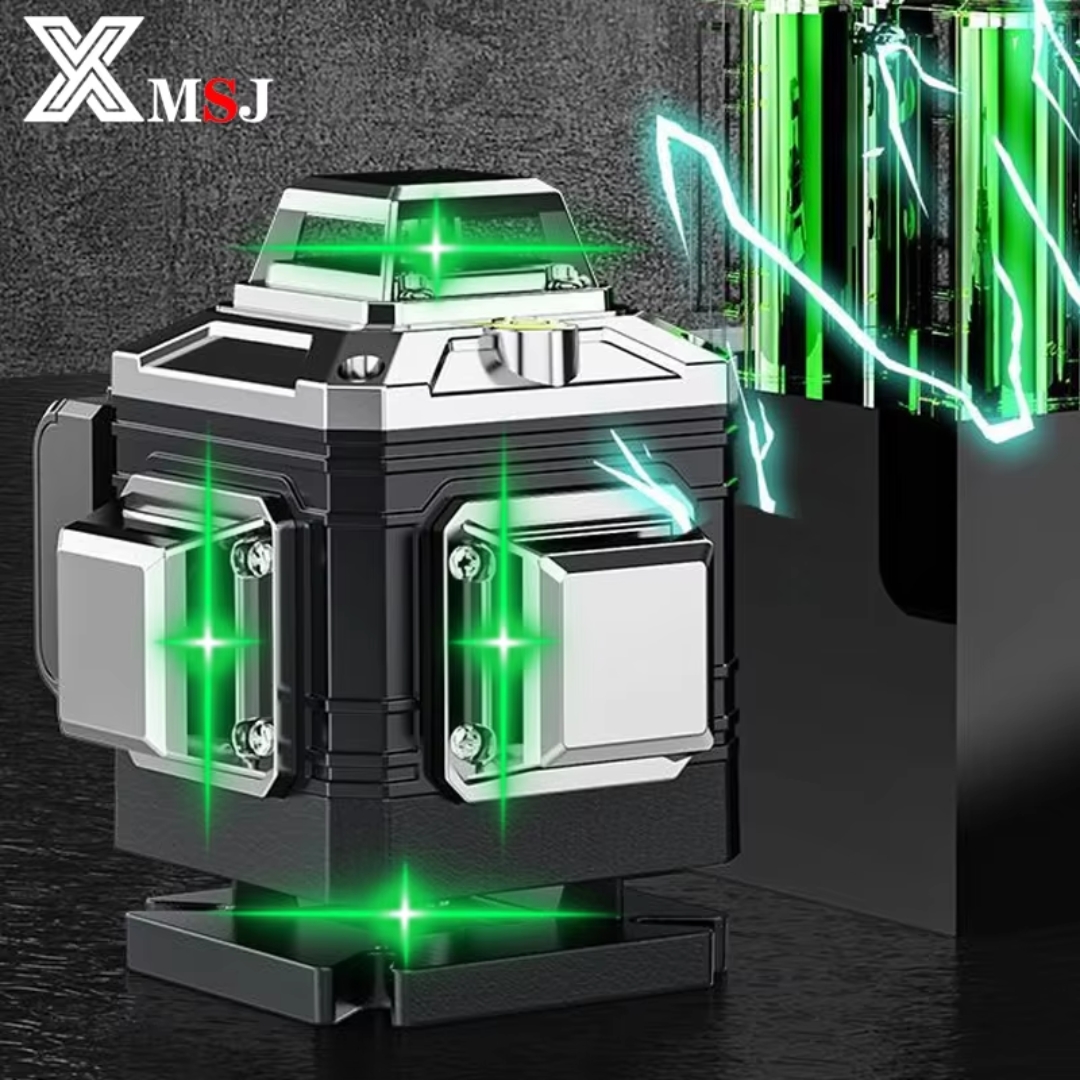
A laser level is a precision tool used in construction, surveying, and various alignment tasks. Unlike traditional leveling tools, which rely on spirit bubbles or manual adjustments, a laser level projects a straight, visible or invisible line over long distances. But how does it maintain accuracy without physical reference points? The answer lies in its internal components, technology, and how it interacts with the environment.
The Internal Mechanism of a Laser Level
At the core of every laser level is a laser diode that emits a highly focused beam of light. This beam is controlled by precision optics, mirrors, and sometimes a rotating mechanism to create a 360-degree plane. The device relies on electronic leveling systems, pendulums, or gyroscopes to ensure the emitted line remains straight and level.
-
Self-Leveling Mechanism
Many laser levels come with self-leveling capabilities. A pendulum system inside the device helps it automatically adjust and maintain the correct alignment. If the tool is slightly tilted, the pendulum compensates by shifting the internal optics, ensuring the beam remains level. -
Electronic Sensors for Stability
Advanced models use electronic sensors that detect even the slightest movement. These sensors continuously adjust the laser output to ensure accuracy. This is particularly useful in environments where vibrations or uneven surfaces could cause disruptions. -
Compensation for Environmental Factors
Several environmental factors can impact the accuracy of a laser level over long distances. These include temperature fluctuations, air currents, and surface reflections. To counter these, high-quality laser levels incorporate temperature compensation circuits and specialized optics to reduce distortion.
Ensuring Accuracy Over Long Distances
When using a laser level over extended ranges, certain factors influence its precision:
-
Beam Divergence and Focus
Laser beams naturally spread out over distance, a phenomenon known as beam divergence. Manufacturers design laser levels with collimated optics to minimize this spread, keeping the beam narrow and precise even at longer distances. -
Tripods and Mounting Stability
Accuracy is directly affected by how stable the laser level is positioned. A sturdy tripod or mounting system prevents minor shifts that could alter the projected line. Vibrations from nearby equipment or foot traffic can introduce errors, so securing the device is crucial. -
Use of Laser Detectors
Over long distances, especially in bright environments where the beam may not be visible to the naked eye, laser detectors help capture the signal. These detectors provide audio or visual feedback to indicate the exact position of the beam, ensuring precise alignment.
Applications That Require Long-Distance Accuracy
-
Construction and Surveying
In large-scale construction projects, such as road grading or foundation layout, a laser level ensures measurements remain consistent across vast areas. -
Landscaping and Drainage Planning
For proper water flow and even terrain, landscapers use laser levels to establish accurate slopes and gradients over long distances. -
Interior Design and Installation
Even for tasks like installing drop ceilings or aligning tiles across large rooms, the precision of a laser level plays a key role.
Challenges in Long-Distance Use
-
Interference from Sunlight
Bright outdoor conditions can make it difficult to see the laser beam. This is where pulse mode and laser detectors become essential for accuracy. -
Reflections and Surfaces
Reflective surfaces can scatter the laser beam, potentially causing errors. Matte targets are often used to ensure better visibility and accuracy. -
Battery Power and Calibration
A laser level must be regularly calibrated and powered adequately to maintain accuracy. Low battery levels can lead to weak beams and misalignment.
Final Thoughts
A laser level maintains accuracy over long distances through a combination of self-leveling mechanisms, precision optics, and electronic sensors. While environmental factors and setup stability play a crucial role, the advanced technology inside the device ensures that the projected laser remains straight and precise even without physical reference points. Whether in construction, surveying, or design, the ability of a laser level to maintain accuracy makes it an indispensable tool in various industries.